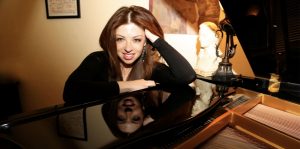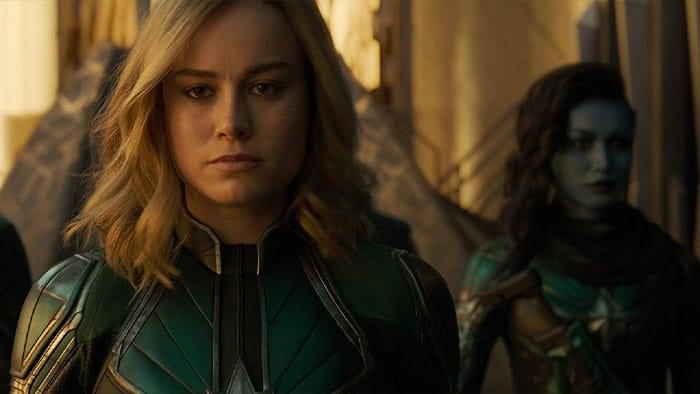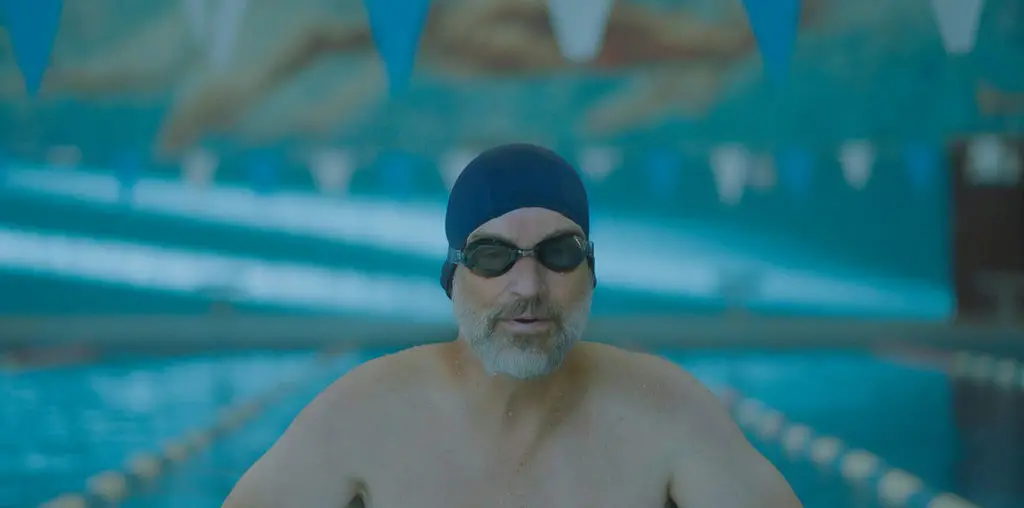
What is then your philosophy or approach to new projects?
Our job as a composer is to figure out what’s not being said or done on screen. The purpose of the music is to communicate something that is beyond the visual and dialogue. It’s the emotion of the scene. You’re diving into that and looking for themes. Sometimes a scene is not melodic, but it’s more of a sound or vibe when used to create a soundscape.
Ultimately it’s figuring the primary heart connection. What do you want to leave the audience with at the end? This is true for a film, TV show, video game…everything. Once I focus on that, I can hopefully crack the code, and everything else is crafted around it.
Speaking of video games, you composed the music to Fortnite. What information did the developers give you, or is it a series of pitches?
There’s a lot of discussion about the musical and emotional tone you’re trying to create. There are feelings you want players to feel at specific points of the game. There are moments of threat, action, and other emotions. Now it’s a matter of figuring out the vibe and energy of the moment. In Fortnite, you write while anticipating change. The music is on a loop and then changes from low to intermediate threat, and then there’s really high threat. It’s all delivered on what we call stems, which are like food groups: percussion, brass, or strings. The amazing game developers program all this to trigger at certain times of the gameplay, which is pretty amazing.

“I wanted them to see my passion and how vital the Carol Danvers character was to me.”
Let’s move on to the big projects. How did you get involved with Captain Marvel? It seems that Carol’s story being Marvel’s first female-driven project, the producers wanted to elevate women to higher levels in the industry. In your case, composing?
I don’t think they were specifically seeking out a female composer. As much as I’m very much a supporter of seeing more women in the industry, the craft of composing is very different from person-to-person as opposed to gender. I wouldn’t want to be hired based on gender. So it goes both ways. I wanted to show the producers that I’m the right one for the film…period. I went so far as to hire a 70-piece orchestra and conducted it myself. I brought on a video crew to shoot me conducting and gave this as my audition.
So, you were aggressively pursuing Captain Marvel?
They knew my work, and I was given the opportunity to audition. It wasn’t a cold pitch, but I knew several others were auditioning at the same time. I just wanted to make sure that I made an impact and that they’d remember me.
Marvel Studios is known for its tight security on its films. Can you talk about what they gave you during the audition process?
I was given a couple of pre-visualized scenes at first, and I had read the script. I went to Marvel and went through the whole security process, which took a long time. After reading the script, I wanted to show them I can handle a big, epic score. Along with the orchestra video, I sent a self-audition tape (like an actor) and talked about what the character meant to me and how I envisioned the score. I wanted them to see my passion and how vital the Carol Danvers character was to me.
One thing that touched me profoundly is the sequence when we see her falling over and over again in various ways. Carol’s either brought down by other people or specific situations. Then, in the end, she gets up. Her struggle touched me deeply. In my personal life, there have been many, many times when I’ve fallen down, and I had to get back up. Each time, I got stronger and more sure of myself.

